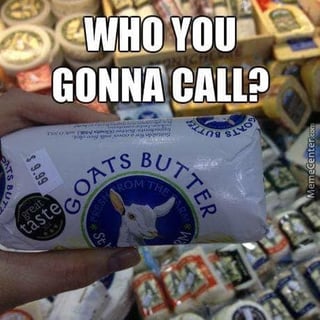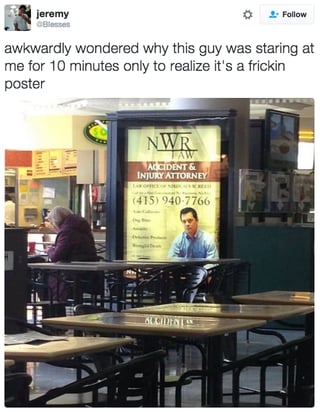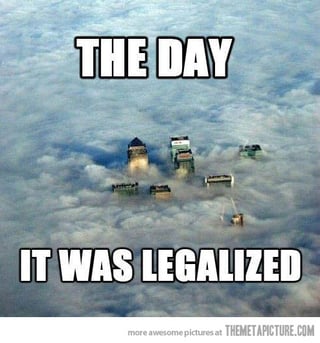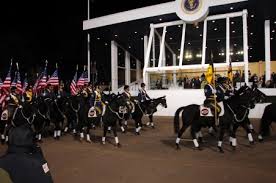 Investopedia defines a core asset as follows: A core asset is an essential, important or valuable property of a business without which a company cannot carry on with its profit-making activities. A business would dissolve without its core assets, and companies that sell off core assets are usually liquidating and on the verge of bankruptcy.
Investopedia defines a core asset as follows: A core asset is an essential, important or valuable property of a business without which a company cannot carry on with its profit-making activities. A business would dissolve without its core assets, and companies that sell off core assets are usually liquidating and on the verge of bankruptcy.
In the context of super-wealthy real estate investors, I would argue that the term has a slightly different meaning. When the wealthy speak of their core real estate assets, they are usually speaking about their multifamily, office, retail and industrial properties. These four major commercial property types are known in commercial real estate finance as the four basic food groups.

A wealthy investor's core assets are typically under-leveraged; often less than 45% loan-to-value. Have you ever been frustrated when a life company refused to loan higher than 55% loan-to-value? Have you ever asked yourself, "Who on Earth could be satisfied with a loan of only 55%?" Well, its these supper-wealthy investors who intentionally keep their core assets under-leveraged.
Lastly, core assets are usually very attractive properties in their class. For example, if the the core asset is an office building, it will be one of the most attractive and best-located office buildings in town. The thing about a core asset is that the property is usually so desirable that it will remain leased, even in a bad recession.

I was in New York City twenty years ago, trying to place a $25 million commercial construction loan, when I found myself walking in front of Jackie Onassis' (JFK's widow) apartment building, directly across from Central Park. It was a stunningly beautiful and desirable location.
As rich as Jackie O was - she inherited the Onassis shipping fortune - did you know that she did NOT own the building or even the $50 million apartment in which she resided? She was forced to just lease it for a very long time (thirty years?) from the SUPER-wealthy family that owned the building. When people talk about old money, the family that owned this incredibly valuable building were probably really-really old money.
I would not fall off my chair in surprise if this primest-of-prime buildings was owned by the descendants of the famous Rothchild banking family. The Rothschild family is a wealthy family descending from Mayer Amschel Rothschild, a court Jew in the Free City of Frankfurt, who established his banking business in the 1760s. Unlike most previous court Jews, Rothschild managed to bequeath his wealth and established an international banking family through his five sons, who established themselves in London, Paris, Frankfurt, Vienna, and Naples.

Guys, each one of these five Rothchild sons went on to grow their banks to be one of the very largest in each country. They made the equivalent of tens of billions of dollars by financing wars between each other; e.g., one brother in Paris might loan Napoleon enough dough to wage war against England, which borrowed money from N.M. Rothchild & Sons in London. What a racket! Ha-ha. Jeff Bezos, Bill Gates, and Warren Buffet are poor peasants compared to the very secretive Rothchild family. And yes, the Rothchild family, if they actually owned it, would surely have considered Jackie's building a core asset.
So I was walking in front of Jackie's building when a epiphany hit me: There are some pieces of commercial real estate that are so desirable that they will stay leased, even in the most severe of recessions. The rich always have money, and they simply want this quality space. In my own mind - and I teach this concept to my sons and staff - I consider properties like this to be top 40% properties. The wise investor will strive to invest in top 40% properties.

One final thought about core assets: The wealthy do not churn core assets. Core assets are keepers. Think of the Rothchild family and Jackie O's apartment building. If the Rothchild's actually do own that building, they might have bought that building when it was built 60 years ago. Even if Jackie O tried to buy it at 20% over its appraised value, I could easily see the trustee of the Rothchild Trust saying, "Thank you, Madam, for your very generous offer, but this building is one of our core assets."
Stay close to the Blackburne family. Blackburne & Sons Realty Capital Corporation (est. 1980) stayed in the market making commercial real estate loans every day of the Great Recession.

Cisca, my lovely bride of 34 years, and I recently moved from Northern Indiana to Indianapolis. Our daughter, Jordi, just graduated from Culver Girls Academy, so we were free to leave our home near the campus of the prestigious Culver Military Academy to be closer to my son, Tom, and our granddaughter. If you get a chance, be sure to click on that Culver link above. You'll quickly see why Cisca and I lived in the cornfields of Indiana for 18 years to send our kids to this very special academy. Jordi recently rode in President Trump's Innaugural Parade. George IV and Tom rode in George W. Bush's Innaugural Parade, and I rode in Nixon's Parade in 1971.

It's wonderful to work alongside my son, Tom, here in Indy. Anyway, I write this blog to teach my two sons the business of commercial real estate finance (CREF). It's my legacy to them, so I try to teach them "good stuff" at least twice a week. By subscribing to this blog, you get to enjoy that same training for free.









